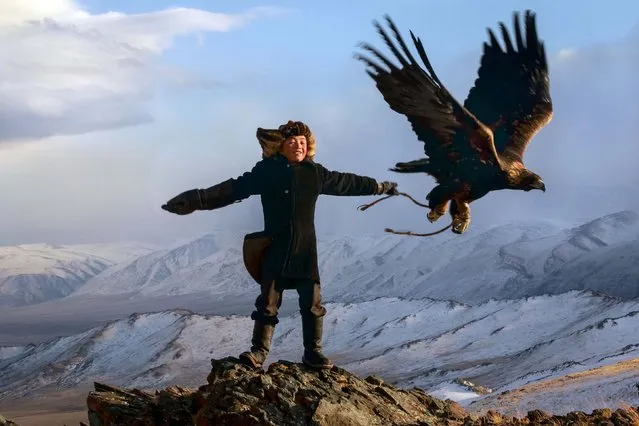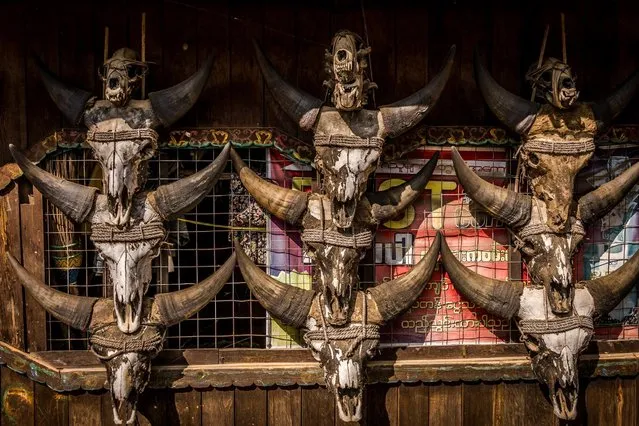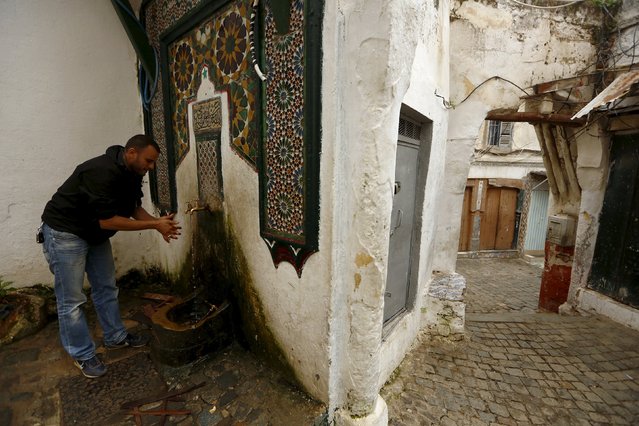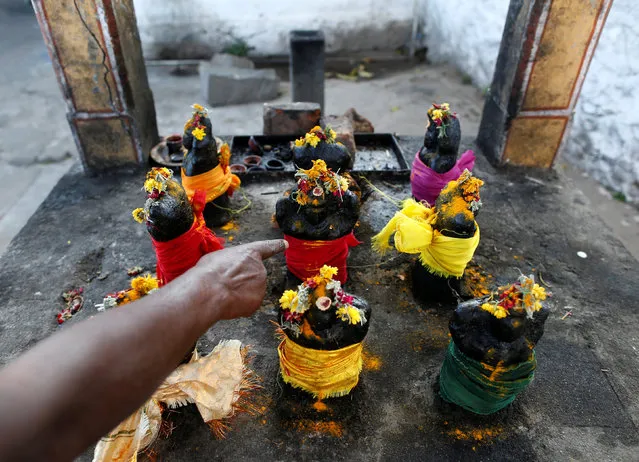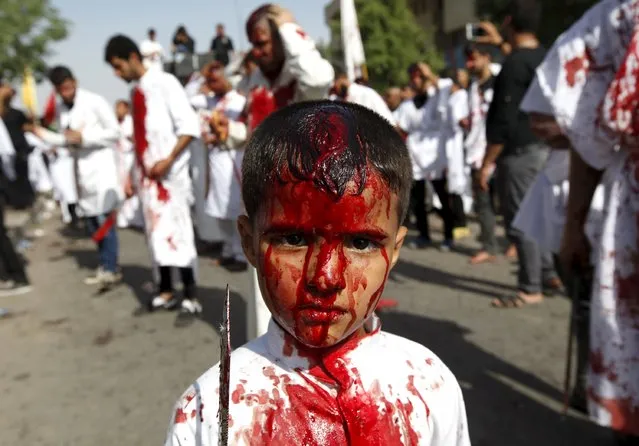
Buns are stamped the Chinese characters “Ping An”, meaning peaceful and safe, inside a bakery, at Hong Kong's Cheung Chau island, China May 17, 2015, ahead of the upcoming Bun Festival on May 25. The festival celebrates the islanders' deliverance from famine many centuries ago and is meant to placate ghosts and restless spirits. (Photo by Tyrone Siu/Reuters)
24 May 2015 09:49:00,post received
0 comments

